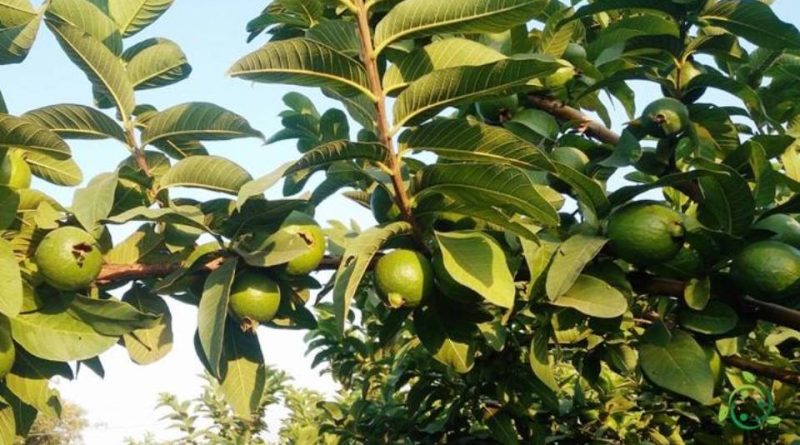How to propagate Guava
How to propagate Guava
The guava (Psidium guajava L., 1753) is a small tree belonging to the Myrtaceae family.
It is a plant widely cultivated in tropical areas for the commercial value of its fruits.
There are more than 150 cultivars of this species, among which we remember:
– Brazilian guava;
– Guisaro (Psidium guinense Sw.);
– Cattley Guava;
– Strawberry Guava (Psidium cattleianum Sabine);
– Costa Rican Guava (Psidium friedrichsthalianum Ndz.);
– Para Guava (Psidium acutangulum DC.);
– Rumberry;
– Guavaberry (Myrciaria floribunda Berg.).
Guava can be easily reproduced by seed but it can also be propagated by vegetative means, by rooting the suckers, by cutting, by layering and by grafting.
However sowing is the most practiced technique.
In this technique the seeds are buried about 1 cm deep in a specific soil. After germination and when the plants are strong enough, they can be transferred to individual pots and reared in them until the moment of planting in the final residence.
It should be remembered that with this method the fruiting begins from 2-4 years of life of the plant.
As for the plant, the Guava plants must be planted in holes that are deep and twice the size of the earthen bread that surrounds the roots. The sixth system provides a distance of about 5 meters on the rows and 6 meters between the rows. The fruiting of the Guava lasts for about 20 years.
Let’s see the fertilization; this should be done with about 100-200 grams / plant of nitrogen and 50-100 grams of phosphorus and potassium. It is advisable to intervene with organic fertilizers.
The ripening of the fruits will be gradual both on the plant and between different plants. Grown in Italy in the coastal areas of Sicily, the fruits of Guava ripen from the end of October until mid-December.
The fruits can be consumed both fresh and transformed into juices, nectars, jams. The production per hectare varies from 150 to 200 quintals.
Among the adversities, no particular problems are currently reported. In their places of origin they are subject to various but controllable parasites.

